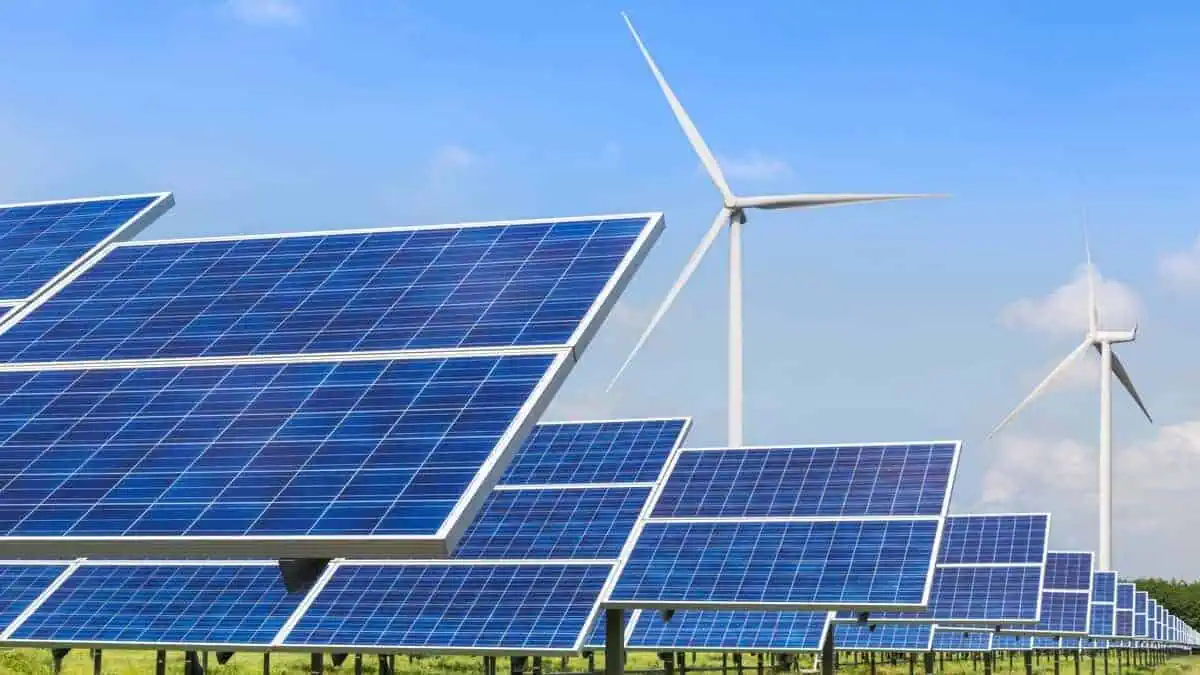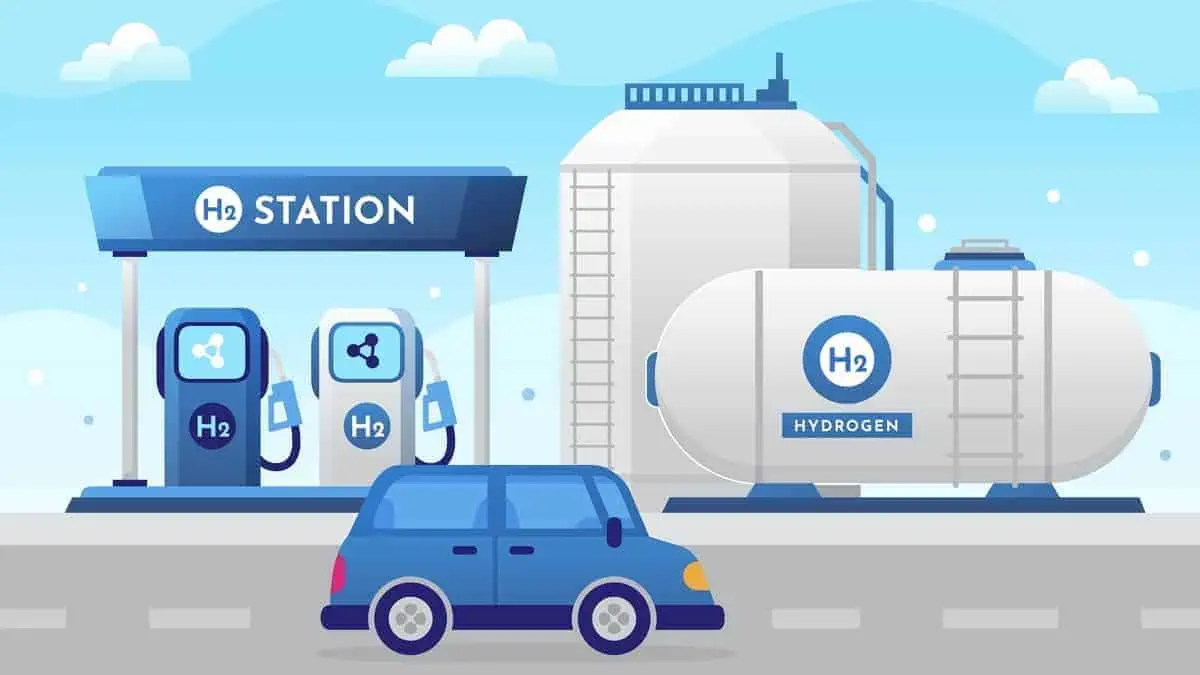The Federal Emergency Management Agency (FEMA) has reportedly made a revision to the 2024 International Building Code that would be more detrimental to the US solar sector than beneficial, according to Electrek.
As a result, the Solar Energy Industries Association (SEIA), a nonprofit trade association for the US solar industry, opposed it. The SEIA’s president and CEO, Abigail Ross Hopper, wrote a blog post yesterday highlighting the potential harm this code modification could do to wind, solar, and battery storage.
“This misguided proposal by FEMA would raise the structural “risk category” for ground-mounted solar installations, energy storage systems, and wind turbines to the highest level possible, on par with requirements for hospitals and fire stations,” she explained.
Ross Hopper added, “This is a gross overreach. There is no extended record of irreparable damage to solar arrays from higher seismic, wind or snow loads, and there is no justification for these overly burdensome codes.”
Notably, solar panels are already adequately resistant to strong winds and snow loads due to the tight regulations already in place.
The Babcock Ranch development in Florida is recognized by Ross Hopper as being resilient. Twelve miles outside of Fort Myers is a “solar-powered town” that was unaffected by the devastation of Hurricane Ian and still had access to water, internet, and power.
CNN reported, “We have proof of the case now because [the hurricane] came right over us,” Nancy Chorpenning, a 68-year-old Babcock Ranch resident, told CNN. “We have water, electricity, internet — and we may be the only people in Southwest Florida who are that fortunate.”
As developers would need to purchase additional materials like steel, concrete, and higher-rated solar PV modules to adhere to the regulations, the proposed code amendments would lead to unjustified cost increases for solar projects.
That said, the SEIA is concerned that this may make solar expansion prohibitively expensive. It explained, “This much is certain: The proposed code change is unworkable. In its current form, S76-22 would cause a drastic spike in construction costs, forcing the cancellation of dozens of gigawatts of clean energy projects that support thousands of jobs and that the United States is relying on to boost grid resiliency.”
On the other hand, the SEIA notes in its information sheet that S76-22’s “unneeded load increases constrain the size & height of wind turbines, reducing power output” concerning wind power. Furthermore, the proponents of S76-22 contend that more reliable grids would result from increasing seismic, wind, and snow loads in structural calculations.
It must be noted that the Federal Energy Regulatory Commission (FERC) and the North American Electric Reliability Corporation (NERC) have jurisdiction over grid reliability. However, the SEIA claims neither organization was even informed about FEMA’s plans for code changes. The SEIA has therefore chosen political diplomacy, urging compromise measures that would enable solar projects to be classified as Risk Category 2:
“While it still increases the structural requirements for solar facilities, this framework takes a reasonable approach and will help ensure more projects get built.”






